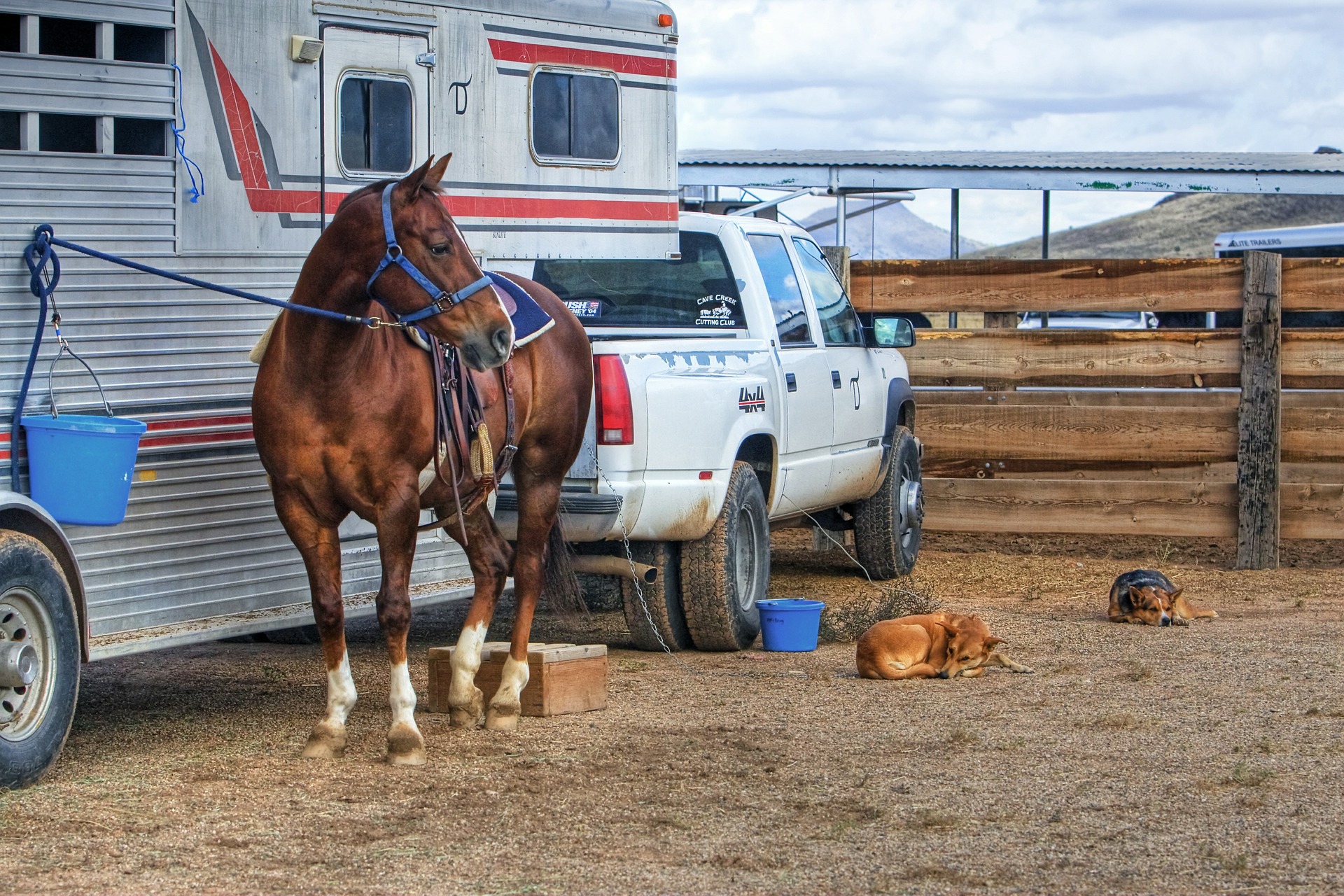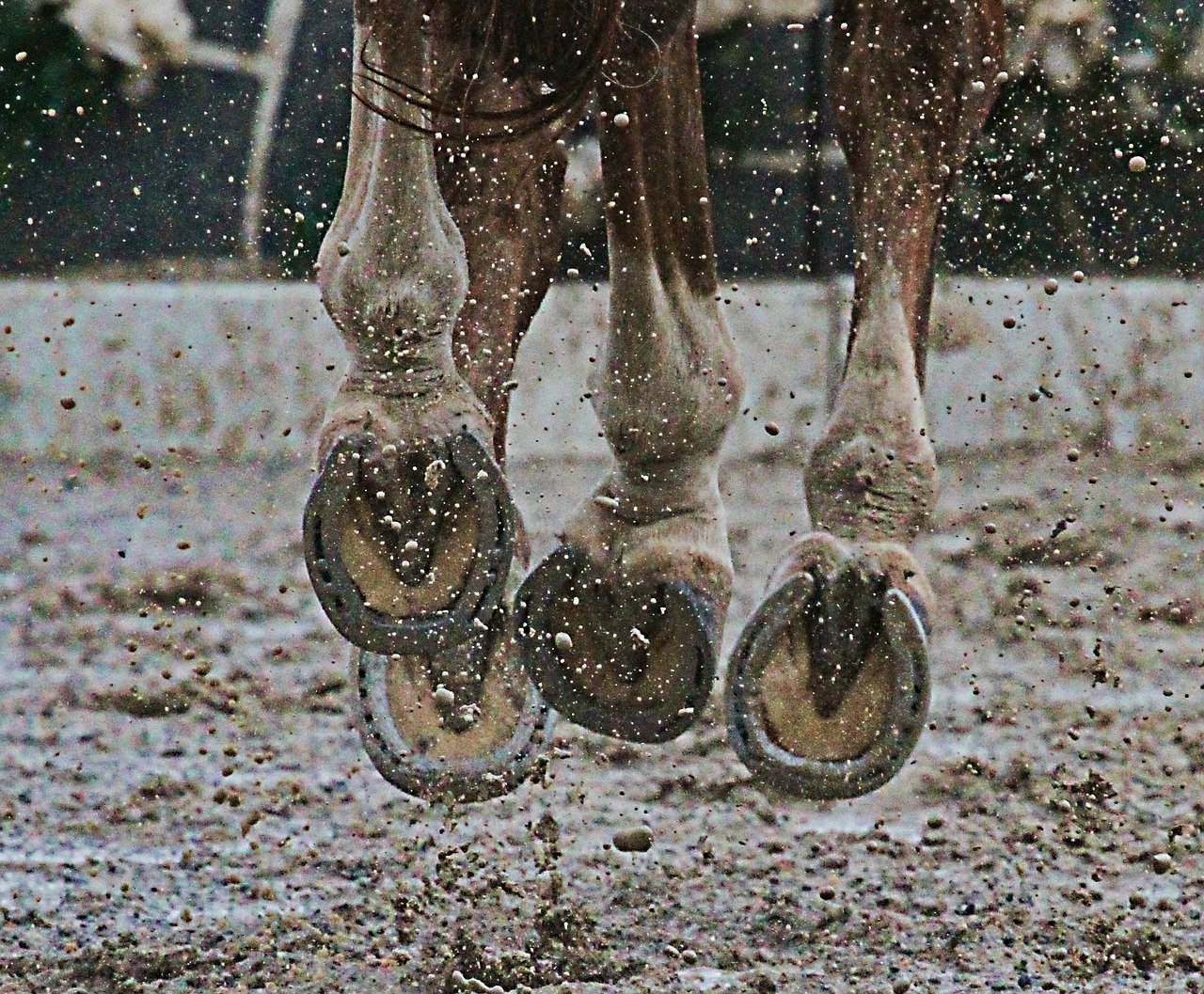 The arrival of spring means long-awaited opportunities for trail riding, clinics, and horse shows. However, travel, new stabling, and the mixing of horse populations can also provide the perfect conditions for the spread of disease. With a little planning and...
The arrival of spring means long-awaited opportunities for trail riding, clinics, and horse shows. However, travel, new stabling, and the mixing of horse populations can also provide the perfect conditions for the spread of disease. With a little planning and...
 While we are always grateful for precipitation here in Colorado, wet and muddy conditions contribute to the development of two common horse hoof conditions: abscesses and thrush. Abscesses A hoof abscess commonly presents as an acute onset severe lameness without...
While we are always grateful for precipitation here in Colorado, wet and muddy conditions contribute to the development of two common horse hoof conditions: abscesses and thrush. Abscesses A hoof abscess commonly presents as an acute onset severe lameness without...




